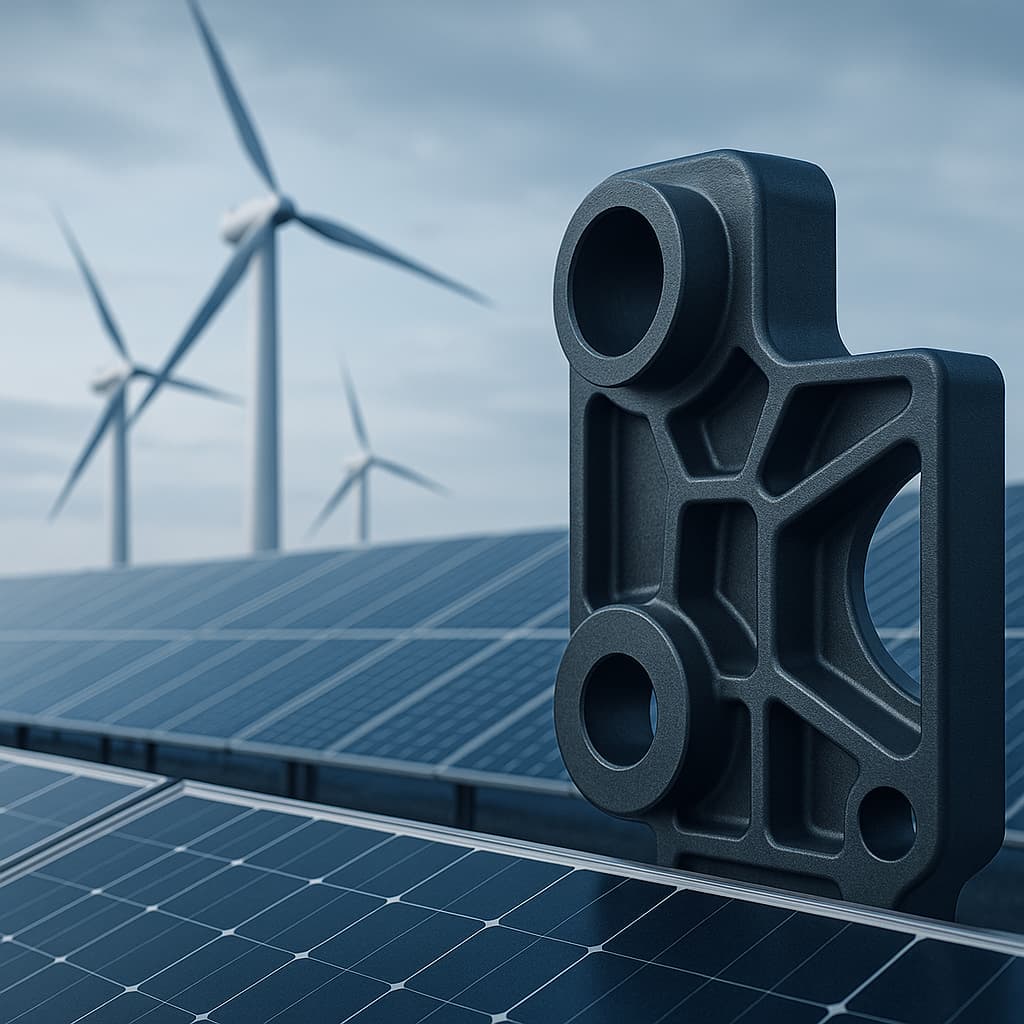With the rapid development of renewable energy, wind and solar systems are placing new and more demanding requirements on polymer materials. Nylon has become one of the most widely used engineering plastics in these sectors due to its excellent mechanical properties, wear resistance, processability, and cost efficiency. However, the complex operational environment of renewable energy equipment has driven nylon research toward improved weather resistance, dimensional stability, insulation performance, and long-term reliability.
In wind turbines, nylon is used in gear housings, bearing brackets, connectors, and internal blade components. The environment inside the nacelle is characterized by high humidity, wide temperature fluctuations, and constant vibration. Conventional PA6 and PA66 suffer from dimensional changes and mechanical degradation due to moisture absorption. To overcome this, long-chain nylons such as PA610, PA612, and PA1010 have been developed. Their lower polarity reduces water absorption and enhances dimensional stability. Reinforcement with glass or carbon fibers increases rigidity and fatigue strength, while silane coupling agents and lubricating systems improve fiber–matrix bonding under humid conditions.
In solar systems, nylon is mainly applied in photovoltaic connectors, cable interfaces, insulating brackets, and inverter housings, where it must withstand intense UV exposure and thermal aging. Standard PA66 tends to degrade, yellow, and embrittle under such conditions. To mitigate this, formulations now include hindered amine light stabilizers (HALS) and antioxidant systems that suppress free radical degradation. For high-end applications, semi-aromatic nylons like PA9T and PA10T provide exceptional heat resistance and dimensional stability, maintaining electrical insulation even after prolonged exposure.
With the growing demand for lightweight and modular renewable systems, nylon composites are replacing certain metal parts. PA66 GF50, for example, can substitute aluminum in support structures while allowing for integrated molding. Blending nylon with elastomers helps achieve a balance between rigidity and toughness. Bio-based nylons such as PA610 and PA1010, derived from castor oil, offer renewable origins, low carbon footprints, and improved weather resistance.
In the future, nylon development will focus on durability and smart functionality. Self-healing additives will repair microcracks, while plasma treatments, nano-coatings, and thermally conductive fillers will enhance UV resistance and thermal management. Nylon is evolving from a simple structural polymer into a multifunctional material essential for reliability in renewable energy systems.
